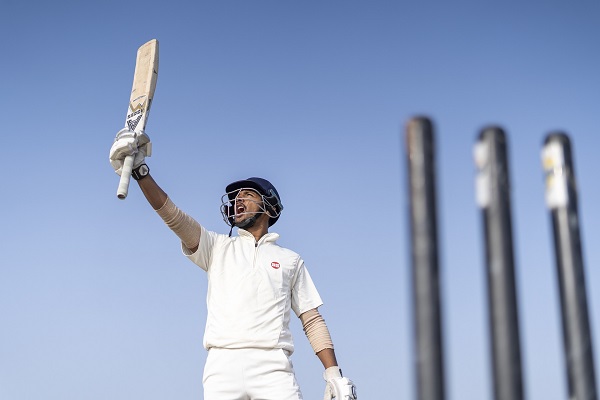Are you overwhelmed by the complexity of Test cricket and unsure where to start? Test cricket, dating back to 1877, is the oldest form of international cricket and continues to captivate audiences worldwide.
This blog is your one-stop guide to demystifying Test Cricket’s rules, strategies, history, and more. Let’s dive into this enchanting world of wickets, overs, and innings!
History and Evolution of Test Cricket
- Test cricket is the oldest form of international cricket, dating back to 1877.
- It involves matches between full member countries of the International Cricket Council (ICC).
- Teams play two innings each over a period of five days, with the aim of scoring more runs than their opponents and taking all 20 wickets to win.
- Winning a Test match requires skill, strategy, and teamwork from both batting and bowling perspectives.
Test cricket originated in the late 19th century and has since evolved into the premier format of international cricket.
Early origins
Test cricket began a long time ago. The year was 1877. This is when the first official Test match took place. England and Australia were the teams that played this game. They started a tradition of playing one game each summer, which still happens now.
These early games helped shape what we know as Test cricket today. Many rules used now were set during these first matches.
Growth of international cricket
International cricket has experienced tremendous growth since its early origins. The sport has expanded to include teams representing full member countries of the International Cricket Council (ICC).
Test cricket, as the oldest and longest format, played a significant role in this expansion. Over time, more nations have embraced the game and established their own national teams.
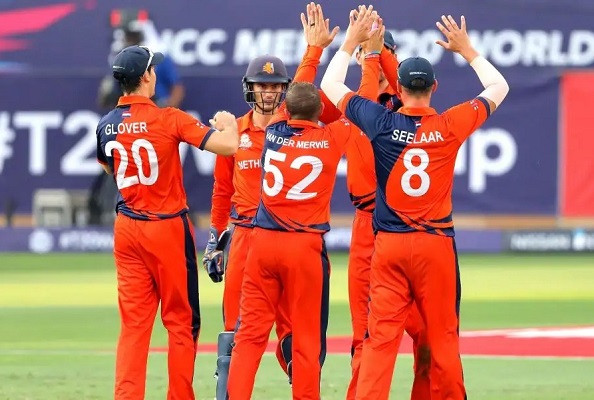
Today, international cricket involves matches between various countries at the highest level of competition. With each passing year, the popularity and reach of international cricket continue to grow, captivating fans around the world with thrilling contests and showcasing exceptional talent from different nations.
Terminology and key figures
Test cricket has its own unique terminology and is filled with key figures that have shaped the sport. In Test matches, each team plays two innings, with a total of four innings in a match.
The duration of a Test match can last up to five days, allowing teams to showcase their skills over an extended period. Runs are scored by batsmen, while wickets are taken by bowlers.
Winning a Test match requires outscoring the opposing team or taking all their wickets twice. This format is played between full member countries of the International Cricket Council (ICC), which includes top cricket-playing nations like India, England, and Australia.
Playing Test Cricket
Test Cricket is played according to specific rules and regulations, where teams compete over a period of five days in four innings, with the aim of scoring the most runs and taking 20 wickets to win the match.
Rules and regulations
In Test cricket, there are certain rules and regulations that players must follow. Each team gets two innings to bat and two innings to bowl. The match lasts for up to five days, with each day having three sessions of play.
There is no limit on the number of overs a team can bowl in an innings. To win a Test match, a team needs to score more runs than their opponents or take all ten wickets of the opposing team twice.
The captain of the batting team decides when to declare their innings if they feel they have scored enough runs. Overall, Test cricket follows specific guidelines set by the International Cricket Council (ICC) to ensure fairness and consistency in gameplay.
Scoring and wickets
In Test cricket, scoring runs and taking wickets are the two main objectives for both teams. The team that scores more runs than their opponents wins the match. Runs can be scored by hitting the ball with the bat and running between the wickets or by hitting boundaries, such as fours and sixes.
Each run is added to the team’s total score.
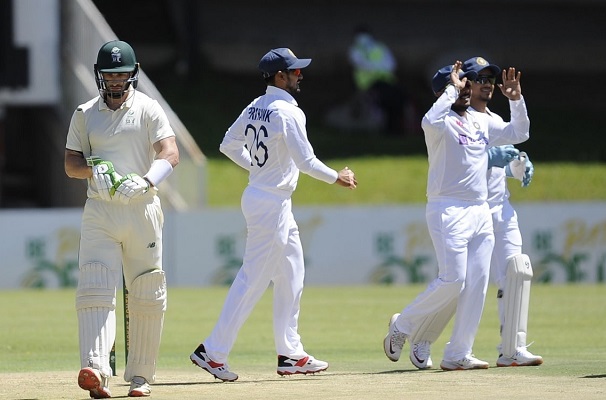
On the other hand, wickets refer to when a batsman is dismissed by getting out. There are various ways in which a batsman can get out, such as being caught by a fielder, bowled where their stumps are hit by the ball, or being given out lbw (leg before wicket) if they obstructed a delivery with their body instead of using their bat.
Taking wickets is important for bowlers because it reduces the number of players on opposing teams who can score runs. When all ten players from one team have been dismissed, an inning ends.
Teams then switch roles – batting becomes bowling and vice versa.
Winning a Test match
To win a Test match, a team must score more runs than their opponent in both innings. The team that scores the most runs after four innings is declared the winner. It’s not just about scoring runs; teams also need to take wickets by getting the opposing batsmen out.
A team can win a Test match in various ways, such as bowling out the opposition twice or chasing down a target set by the opposing team. Winning a Test match requires skill, strategy, and teamwork from both batting and bowling perspectives.
Popular Competitions and Tours
The Ashes, an iconic cricket rivalry between England and Australia, is one of the most celebrated Test competitions. Read on to discover more about this historic tournament and other exciting Test cricket matches around the world.
International Test rankings
International Test rankings are a way to assess and rank the performance of cricket teams participating in Test matches. These rankings are maintained by the International Cricket Council (ICC) and provide an indication of each team’s standing in the world of Test cricket.
The rankings take into account various factors like match results, series outcomes, and individual player performances. They help determine the top-performing teams and create excitement around upcoming fixtures as fans eagerly follow their favorite teams’ progress on the leaderboard.
The ICC updates these rankings regularly to keep them current and reflective of recent performances.
World Test Championship
The World Test Championship is an important competition in Test cricket. It was introduced by the International Cricket Council (ICC) with the aim of bringing more context and significance to the bilateral Test series.
The championship features the top nine ranked teams over a two-year period, with each team playing six series – three at home and three away. Points are awarded based on wins, draws, or losses in each match, and the team with the highest number of points at the end of the championship is crowned as the world champion.
The inaugural edition of the World Test Championship took place from 2019 to 2021, culminating in a thrilling final between India and New Zealand in June 2021. This final match was played over five days at a neutral venue, providing a fitting climax to this prestigious tournament.
The Ashes
The Ashes is a famous cricket tournament played between England and Australia. The rivalry began in 1882 when Australia won their first Test match against England on English soil. This victory led to a newspaper publishing a satirical obituary stating that English cricket had died, and “the body will be cremated and the ashes taken to Australia”.
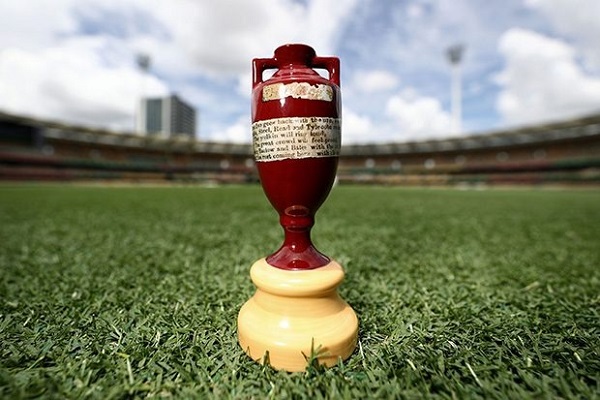
Since then, whenever England and Australia compete in Test matches, it is referred to as “The Ashes.” The teams play for a small urn called the Ashes urn, which holds symbolic importance.
It is one of the oldest and most prestigious rivalries in international cricket, capturing the imagination of fans from both countries. The series consists of five Test matches held in alternating nations every two years.
How to Watch and Follow Test Cricket
To watch and follow Test Cricket, fans can choose from various TV and streaming options, where they can understand the scorecard and enjoy the insights provided by commentators.
TV and streaming options
To watch and follow Test cricket, there are various TV and streaming options available. Many sports networks around the world broadcast live Test matches on television. Fans can tune in to these channels to catch the action from the comfort of their homes.
Additionally, with the rise of digital platforms, streaming services have become popular for watching cricket online. Several websites and apps offer live streaming of Test matches, allowing fans to watch games on their computers or mobile devices.
This provides flexibility and convenience for those who want to stay updated with the latest happenings in Test cricket.
Understanding the scorecard
The scorecard is an important tool for understanding what’s happening in a Test cricket match. It shows the runs scored by each batsman, the wickets taken by bowlers, and other key details.

You can see how many runs a team has scored at any given time and how many wickets they have lost. The scorecard also displays individual player statistics, such as their total runs and batting average.
By looking at the scorecard, you can follow the progress of the match and see which team is ahead or behind. It’s a great way to keep track of all the action on the field!
The role of commentators
Commentators play a crucial role in Test cricket by providing live commentary and analysis during matches. They help viewers understand the game, explain the rules, and provide insights into player strategies and tactics.
Their commentary adds excitement and color to the viewing experience, enhancing our understanding of the game. Commentators also share interesting anecdotes, historical facts, and statistical information about players or teams.
They create an engaging atmosphere for fans watching at home or listening on the radio. Overall, commentators play a vital role in bringing Test cricket to life for audiences around the world.
The Future of Test Cricket
The future of Test cricket looks promising, with ongoing changes and developments in the sport aimed at increasing its popularity and growth compared to other forms of cricket.
Changes and developments in the sport
Test cricket has undergone several changes and developments over the years. One significant change is the introduction of day-night Test matches, which are played with a pink ball under floodlights.
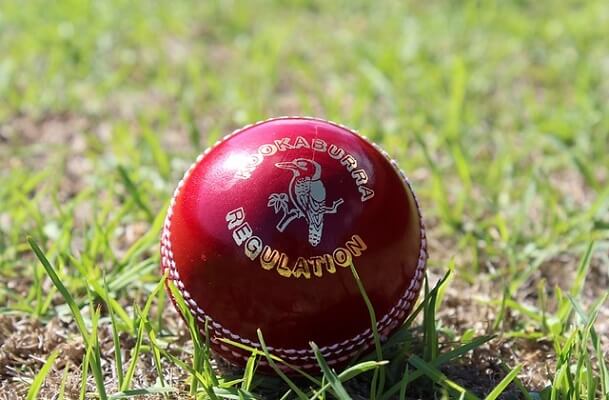
This innovation has aimed to make Test cricket more appealing to a wider audience and attract larger crowds. Additionally, technology has played a major role in shaping the sport, with the implementation of tools like Hawk-Eye for decision-making and DRS (Decision Review System) for umpiring decisions.
These advancements have helped improve the accuracy of outcomes and added an element of excitement to the game. Furthermore, there have been discussions about reducing the number of days in a Test match from five to four in order to make it more time-friendly, but this idea is still being debated among cricketing authorities.
Popularity and growth
Test cricket has remained popular over the years and continues to grow in popularity. Despite the rise of limited-overs cricket formats like One Day Internationals (ODIs) and Twenty20 (T20), Test matches still hold a special place in the hearts of cricket fans around the world.
The longer duration of a Test match allows for more strategic gameplay, making it a true test of skill, patience, and endurance for both players and spectators.
The growth of Test cricket can be seen through various factors. For instance, international Test rankings provide an indication of team performances and generate excitement among fans as they witness teams compete for the top spot.
In addition, the introduction of the World Test Championship has further boosted interest in this format by giving teams an opportunity to become crowned champions.
One of the most iconic competitions in Test cricket is undoubtedly “The Ashes” series between England and Australia. This historic rivalry captivates audiences worldwide every four years and adds to the overall popularity of this format.
Comparison to other forms of cricket
Test cricket is unique and distinct from other forms of cricket. Unlike limited-overs cricket, which has shorter match durations and different rules, Test matches are played over five days with each team getting two innings to bat.

This longer format allows for more strategic play, with teams taking their time to build strong innings and make calculated declarations. Test matches also have a rich history and are considered the highest standard of play in cricket.
While other forms of the game may be more fast-paced and popular among casual fans, Test cricket offers a level of depth and complexity that sets it apart.
Conclusion
In conclusion, Test cricket is the oldest and longest form of international cricket. It has a rich history and is known for its strategic nature. With matches lasting up to five days, teams have the opportunity to showcase their skills over multiple innings.
Despite the popularity of shorter formats, Test cricket remains a beloved and prestigious format in the world of cricket.
FAQs
Q: What is Test cricket?
A: Test cricket is the longest format of international cricket, played between two national teams over a period of up to five days. Each team typically gets two innings to bat and two innings to bowl, with no limitations on the number of overs in an innings.
Q: When and where was the first Test cricket match played?
A: The first Test cricket match was played between England and Australia at the Melbourne Cricket Ground (MCG) in Melbourne, Australia, from March 15 to March 19, 1877.
Q: What is the significance of a "Test cap" in Test cricket?
A: A Test cap is a special cap awarded to a cricketer when they make their debut in Test cricket for their national team. It is a symbol of their achievement and represents their status as a Test player.
Q: How are Test cricket rankings calculated, and who maintains them?
A: Test cricket rankings are calculated by the International Cricket Council (ICC) based on a complex points system that takes into account match results, the strength of the opposition, and individual player performance. The ICC regularly updates these rankings to reflect the current standing of teams and players in Test cricket.
Q: What is the longest Test match in terms of playing time?
A: The longest Test match in terms of playing time occurred between South Africa and England in Durban in 1939. The match lasted for 10 days, with a total of 12 days allotted, but play was disrupted by rain on several occasions. It remains the longest Test match in history.
Q: How does the schedule for Test Cricket work?
A: The schedule for test cricket often includes multiple games, with specific session times spread out over several days.
Q: Who are some notable players in Test Cricket?
A: There are many renowned test cricket players who have made significant contributions and set impressive records within this challenging sport.
